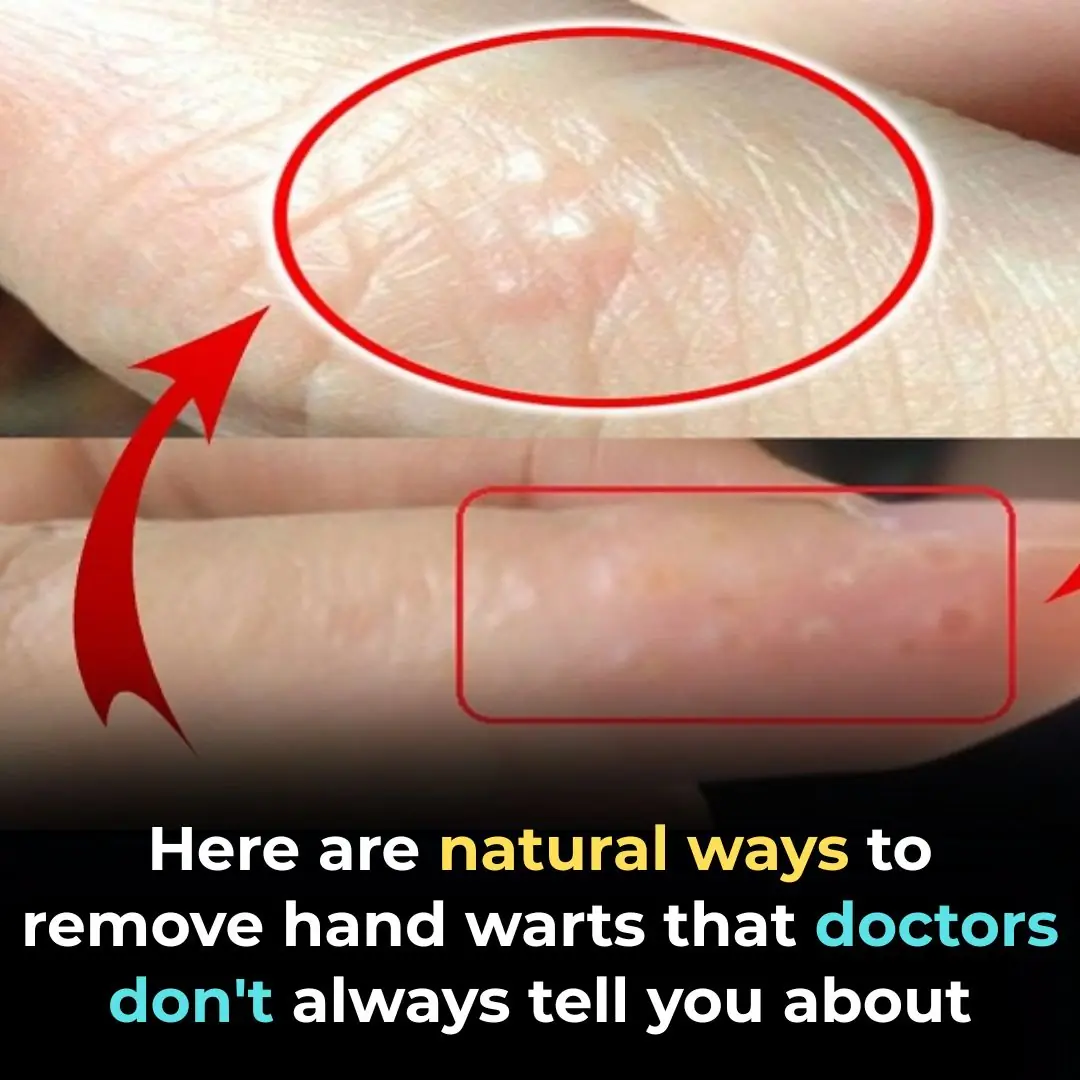
The best way to lower blood pressure fast!
How to Lower Blood Pressure Naturally: Quick Fixes and Long-Term Solutions
High blood pressure is more than just a number—it’s one of the leading risk factors for heart attack, stroke, kidney disease, and premature death. Keeping your blood pressure within a healthy range is essential for long-term health.
The good news? There are simple, drug-free strategies that can lower blood pressure quickly—sometimes within minutes. While these quick fixes aren’t permanent, practicing them daily can make a noticeable difference. Even better, addressing the root causes of high blood pressure can help you achieve lasting improvements.
✅ Three Quick Ways to Lower Blood Pressure Naturally
Here are three proven methods to help bring down your blood pressure, often within minutes:
-
Breathing Exercises – Slow, controlled breathing calms your nervous system and relaxes blood vessels.
-
Isometric Exercise – Brief, static exercises like hand grips can improve artery flexibility and lower readings.
-
Addressing Root Causes – Tackling metabolic health and insulin resistance is key for long-term control.
🌬️ The Power of Slow Breathing
Slow breathing techniques are one of the fastest and most effective ways to reduce blood pressure naturally.
Studies, including large meta-analyses, show that controlled breathing can drop blood pressure by up to 10 points in some individuals.
🔹 How to Do It – The 4-4-8 Technique
-
Inhale deeply for 4 seconds
-
Hold for 4 seconds
-
Exhale slowly for 8 seconds
Repeat this cycle for 5–10 minutes.
Why does this work? Controlled breathing stimulates the vagus nerve, which activates the parasympathetic nervous system—your body’s natural “rest and digest” mode. This slows your heart rate, widens blood vessels, and eases pressure on your cardiovascular system.
💡 Many yoga and meditation practices include slow-breathing techniques. You can also use breathing apps or devices like Respirate to guide your practice.
💪 Isometric Exercise: A Surprising Solution
Most people associate exercise with running or weightlifting, but isometric exercise—holding muscles in place without moving—has shown remarkable results in lowering blood pressure.
One of the simplest forms is hand-grip training:
-
Squeeze a hand-grip device or small pillow at 20–30% of your max strength
-
Hold for 2 minutes
-
Rest for 1–3 minutes
-
Repeat 2–3 times
The entire routine takes less than 10 minutes a day.
Research suggests that isometric training may improve blood vessel elasticity and circulation, both of which play a role in lowering blood pressure.
⚙️ Addressing the Root Cause: Metabolic Health
Quick fixes are great, but to truly reverse high blood pressure, you need to address metabolic health. The underlying culprits often include:
-
Insulin resistance
-
Prediabetes or type 2 diabetes
-
Obesity and visceral fat
Elevated insulin disrupts how blood vessels relax and contributes to sodium retention, both of which raise blood pressure.
🌱 Lifestyle Changes for Long-Term Results
🚭 Don’t Smoke
Smoking damages blood vessels, accelerates plaque buildup, and is one of the strongest risk factors for stroke and heart disease. Quitting delivers almost immediate benefits.
🍷 Limit Alcohol
A glass of wine here and there may not be harmful, but excessive alcohol consumption directly raises blood pressure and contributes to metabolic issues.
🥗 Avoid Junk Food
Processed and ultra-processed foods are loaded with salt, sugar, and unhealthy fats—all of which drive high blood pressure.
🥑 Diet Recommendations
-
Cut Processed Carbs: Refined carbs spike blood sugar and insulin. Choose whole foods with a low glycemic index (GI < 55) and a high fiber ratio.
-
Follow the DASH Diet: Emphasizes fruits, vegetables, whole grains, and lean proteins while limiting sodium.
-
Prioritize Fiber: High-fiber foods not only stabilize blood sugar but also help reduce blood pressure.
🦵 Exercise for Healthy Blood Pressure
Exercise temporarily raises blood pressure, but over time it strengthens your heart and lowers resting blood pressure.
Mix different types for best results:
-
Aerobic (walking, jogging, swimming)
-
Resistance training (weightlifting, bodyweight workouts)
-
HIIT (short bursts of intense effort followed by rest)
😴 Sleep & Stress Management
-
Get Quality Sleep: Poor sleep is strongly linked to hypertension and metabolic disease. Aim for 7–9 hours nightly.
-
Reduce Stress: Chronic stress raises cortisol and blood pressure. Combine stress-reducing practices like meditation, yoga, journaling, or nature walks with practical life changes.
💊 Supplements That May Help
While lifestyle is most important, some supplements show modest benefits:
-
Vitamin C – 500 mg daily can reduce systolic pressure by 3 points.
-
Garlic extract – 300–960 mg daily may lower systolic by 4 points.
-
Citrulline – 3–9 g daily boosts nitric oxide, relaxing blood vessels.
These supplements work best when paired with a healthy lifestyle rather than used as stand-alone fixes.
🎯 Accurate Blood Pressure Measurement
Many people misread their numbers simply because they measure incorrectly.
-
Sit quietly for 5 minutes before testing
-
Keep feet flat on the floor
-
Avoid caffeine or exercise 30 minutes prior
-
Take multiple readings at the same time daily
If your blood pressure spikes only in the doctor’s office, you may have white coat hypertension—so track your numbers at home for accuracy.
🔑 The Bottom Line
Quick fixes like slow breathing and isometric exercise can give you fast relief, but lasting change comes from addressing root causes like poor diet, lack of exercise, insulin resistance, and stress.
By combining these strategies—daily exercise, healthy eating, stress management, quality sleep, and supportive supplements—you can take control of your blood pressure and protect your heart for the long term.
News in the same category


Medicinal Health Benefits of Turmeric, Curcumin and Turmeric Tea Based on Science
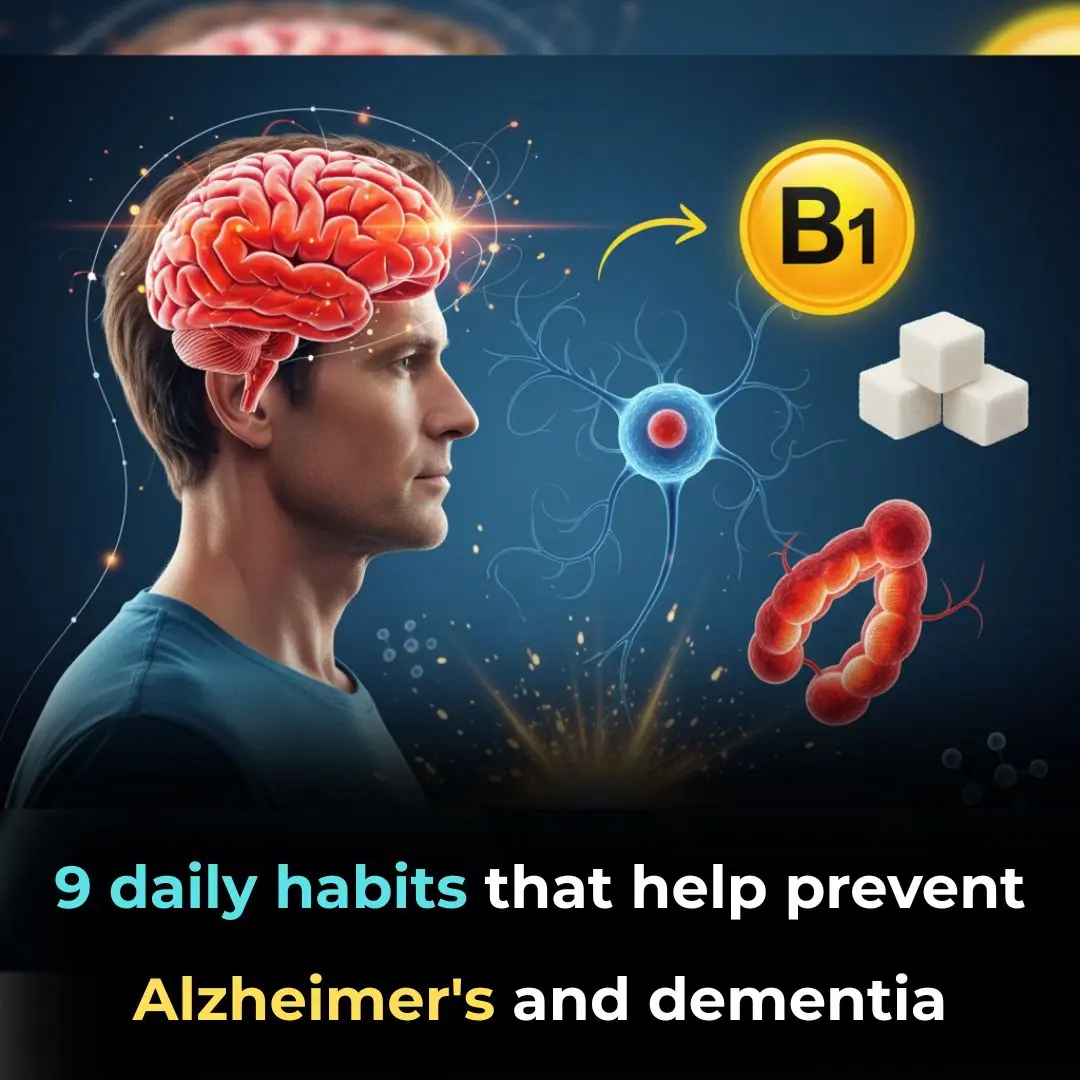
9 Habits You Need To Adopt Today To Stop Alzheimer’s or Dementia Before It Starts
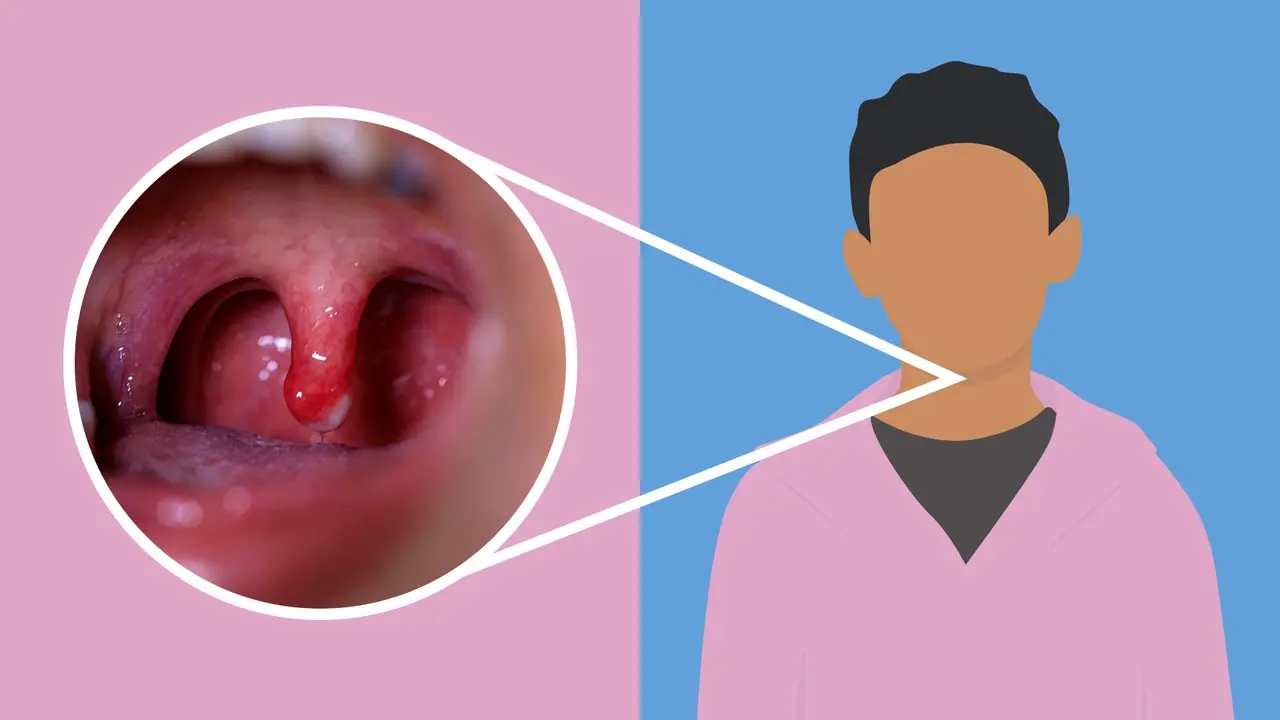
Get Rid of Throat Mucus Faster With These Highly Effective Natural Remedies
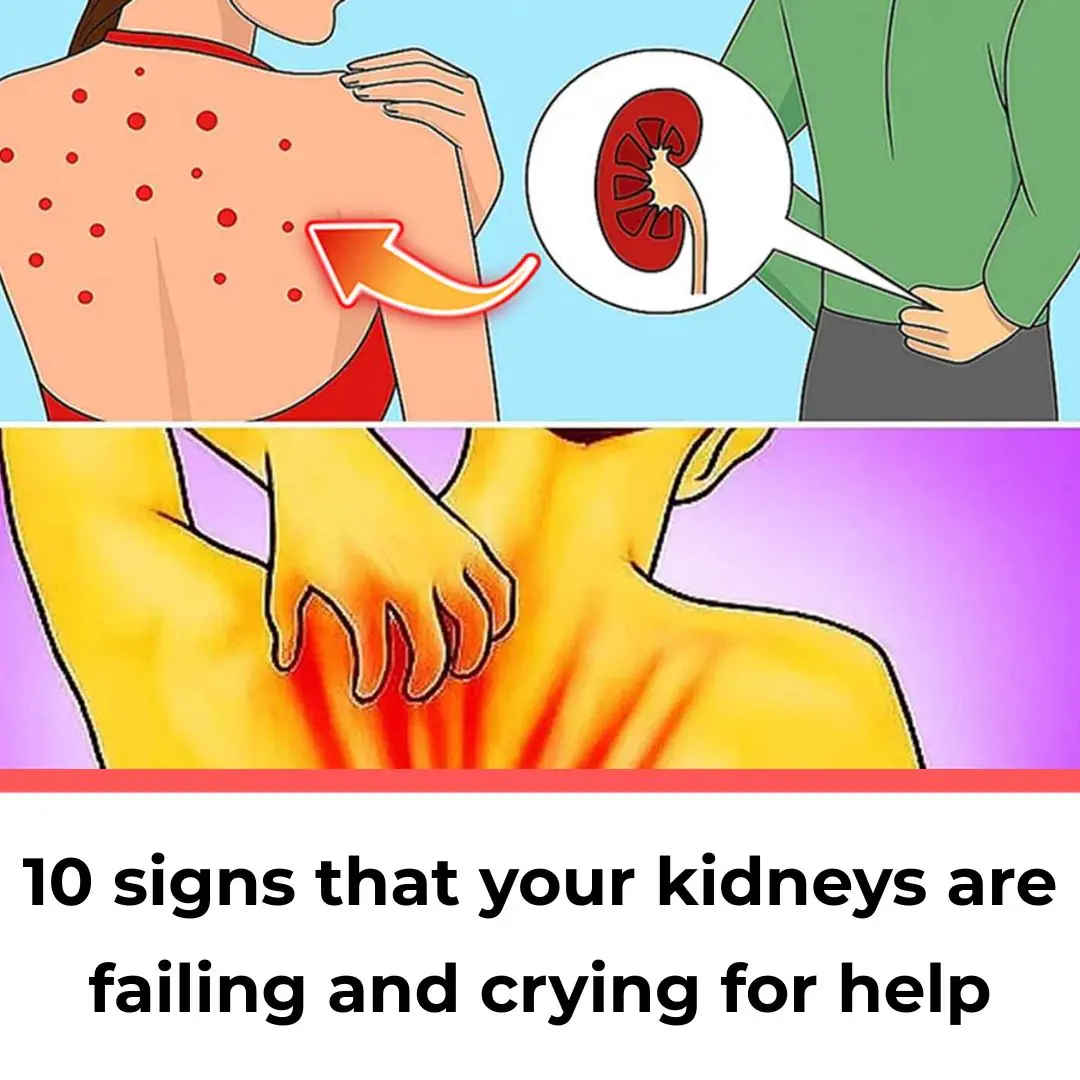
10 Symptoms of Kidney Disease
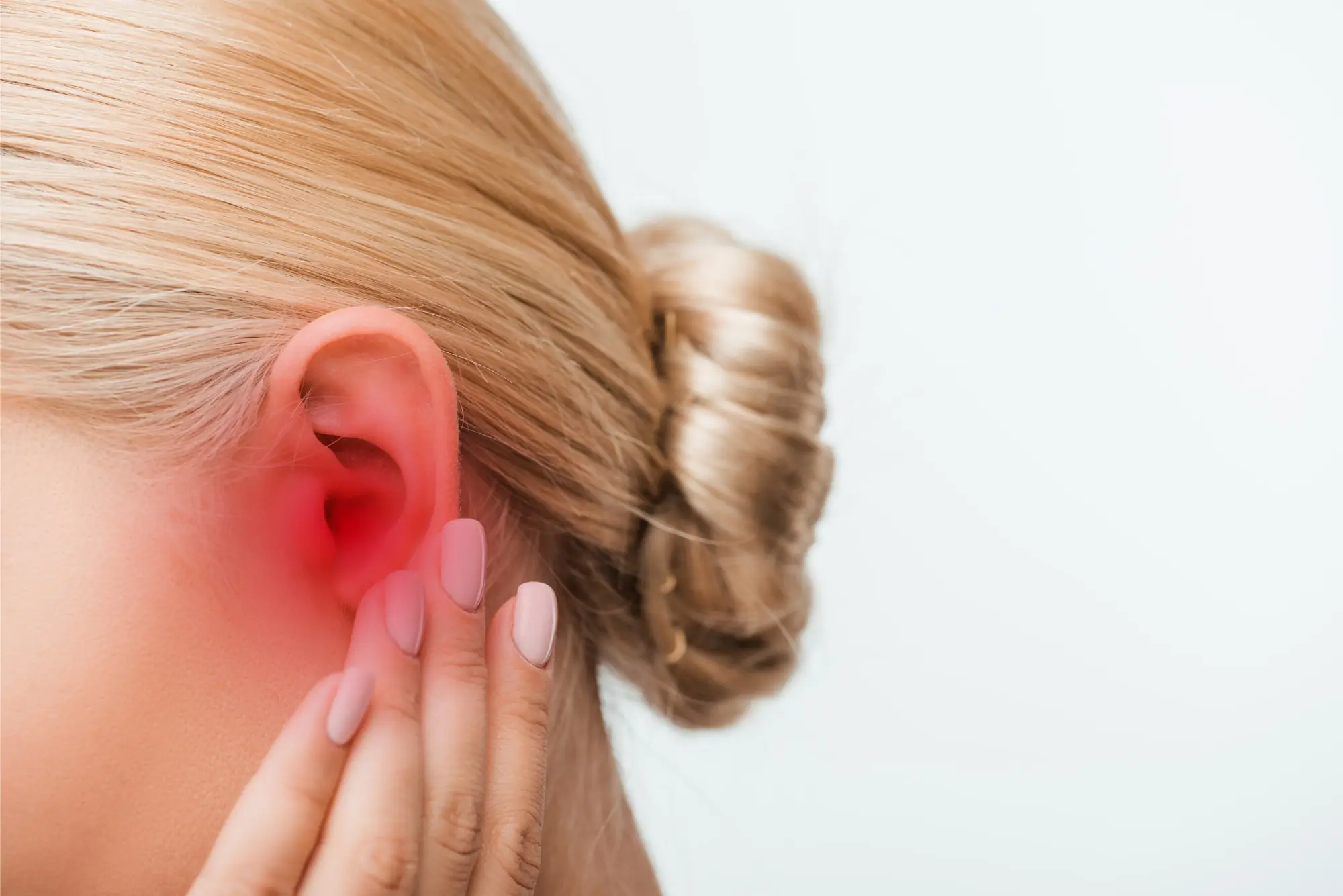
EAR PAIN EXPLAINED Causes, Relief & When to See a Doctor

Men Over 60: Chew This for 60 Seconds to Boost Energy & Confidence

How to Lose Weight with Cucumber! Simple & Quick Morning Recipe

5 Deficiencies Almost Everyone Has (But Doesn’t Know About)
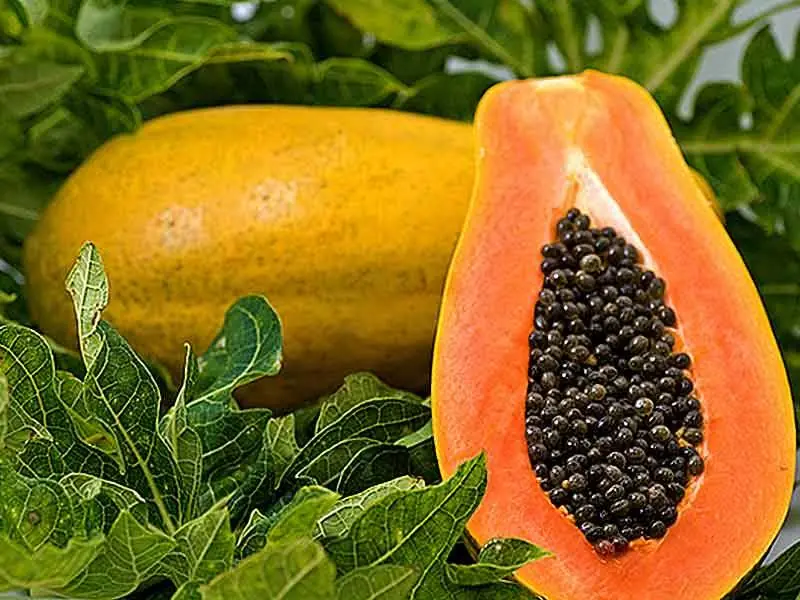
Scientifically Proven Health Benefits of Papaya (Fruit) and Uses for the Seeds

Scientifically Proven Health Benefits of Extra Virgin Olive Oil
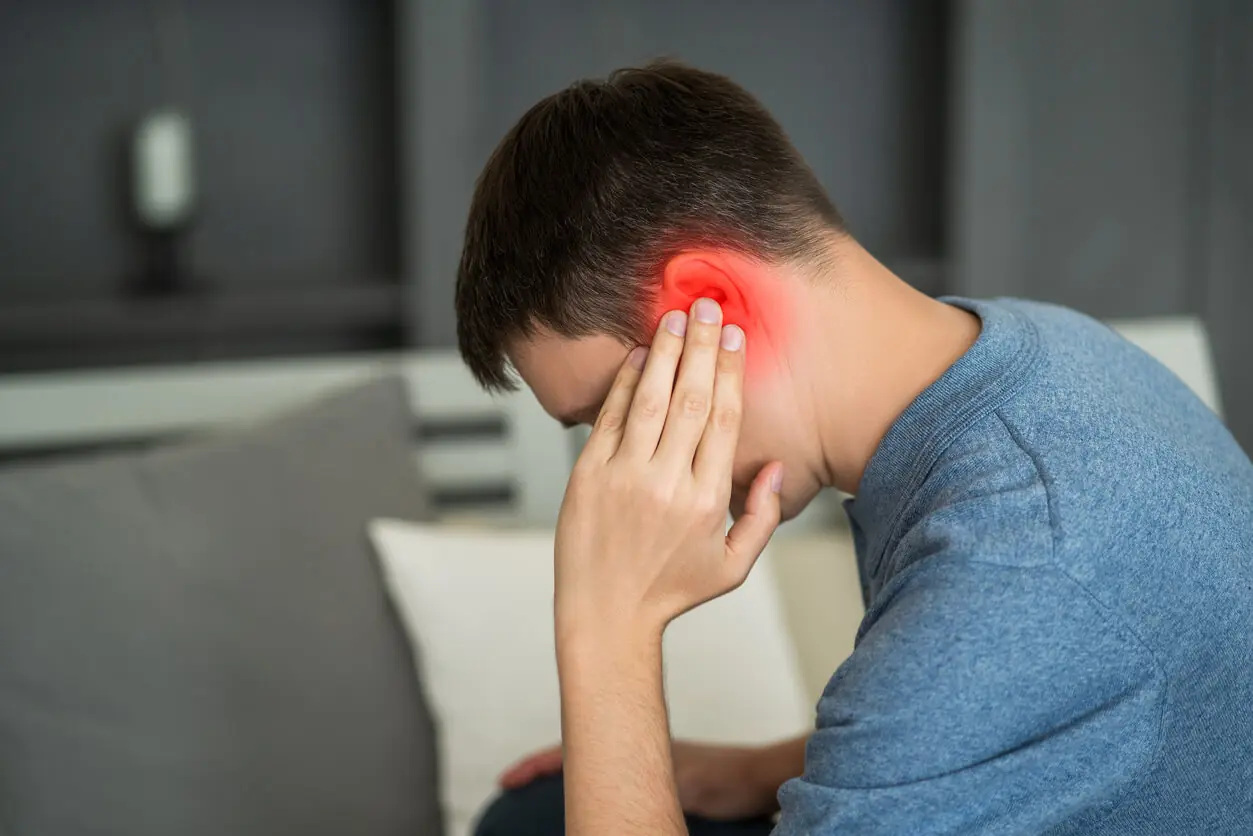
Sharp Pain in Ear: Causes, Treatments, and When to See a Doctor
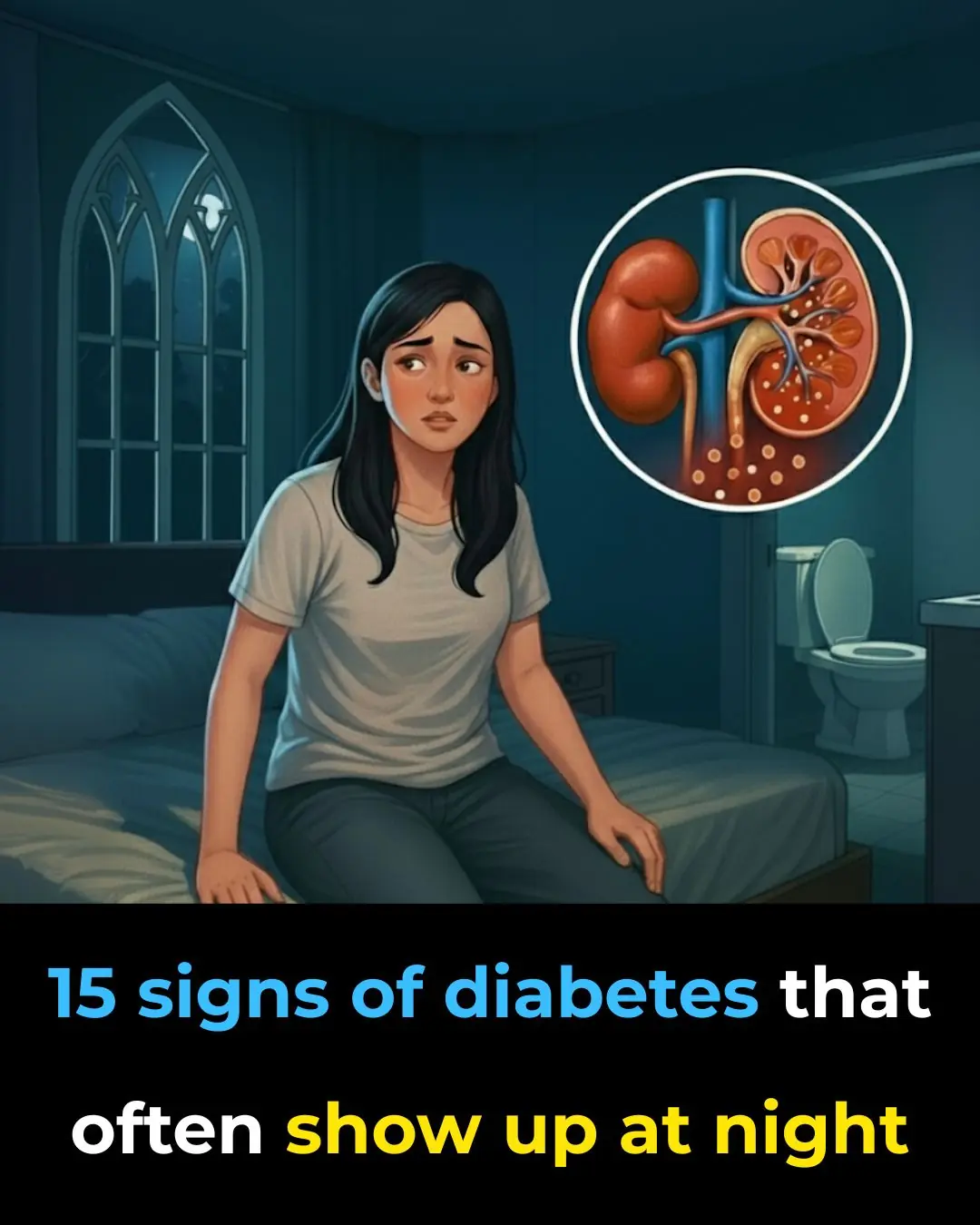
15 Nighttime Signs of Diabetes You Shouldn’t Ignore
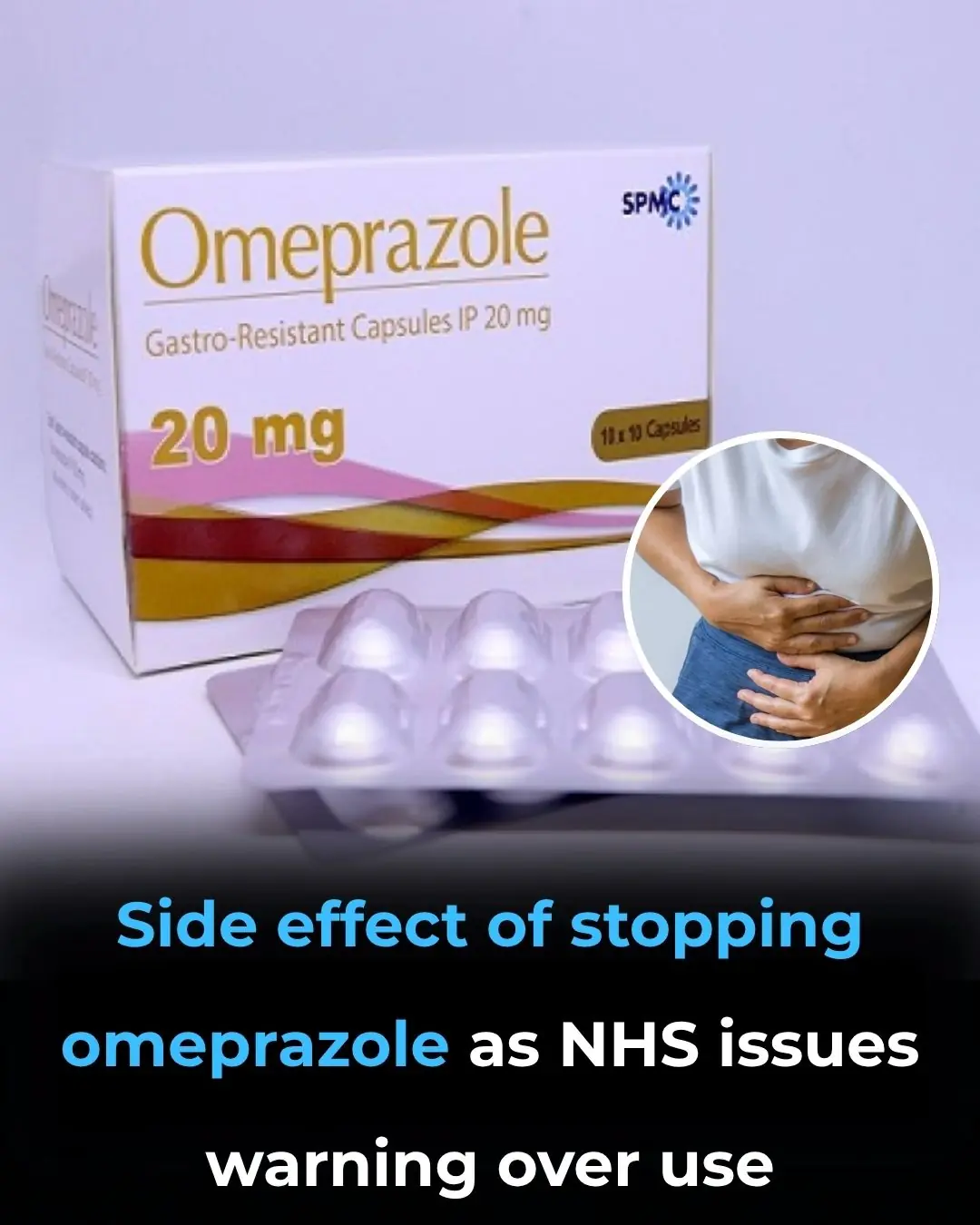
Side effect of stopping omeprazole as NHS issues warning over use
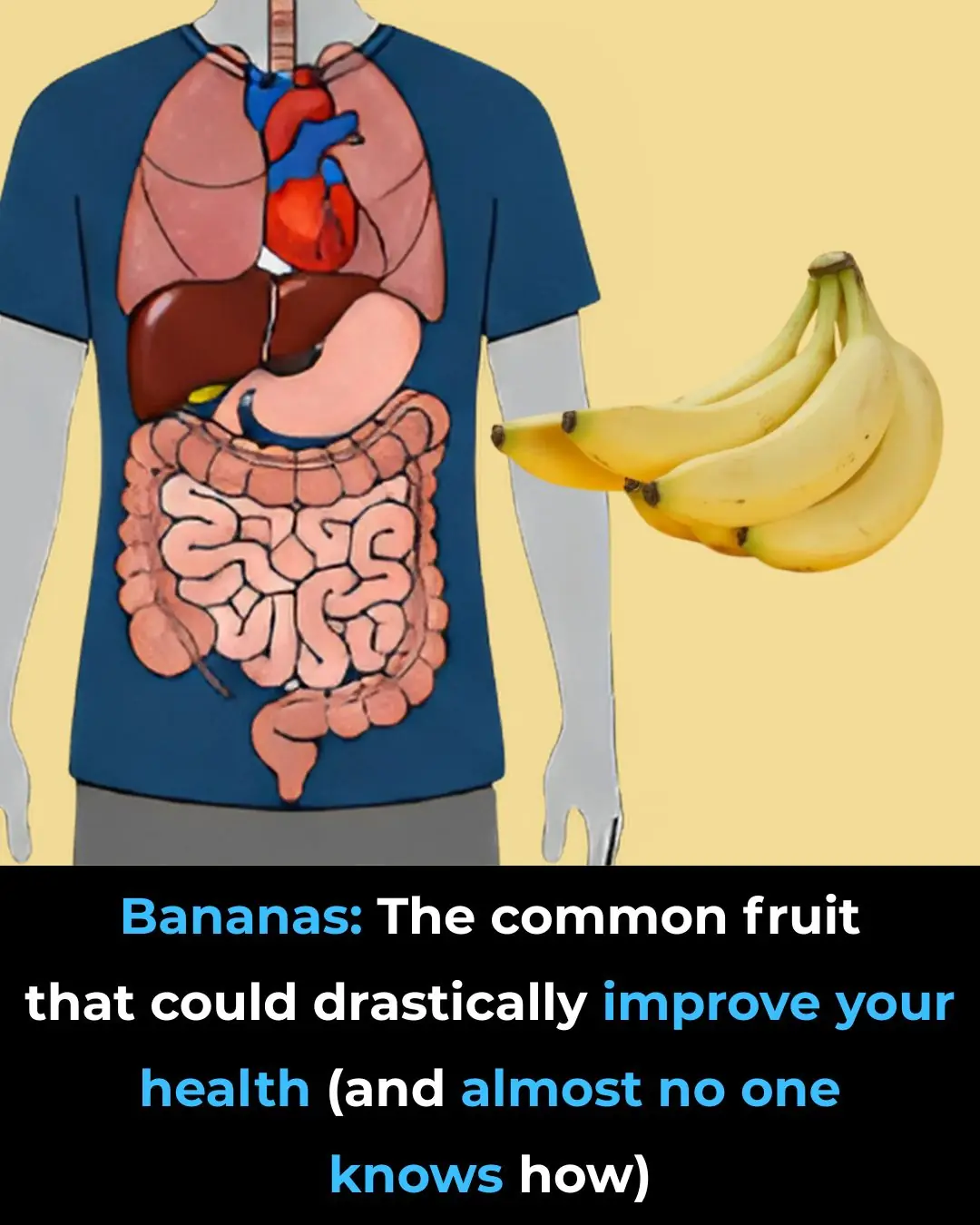
Proven Health Benefits of Banana and Banana Peel Based on Science

Worrying health reality of what it means if you leave skids in the toilet
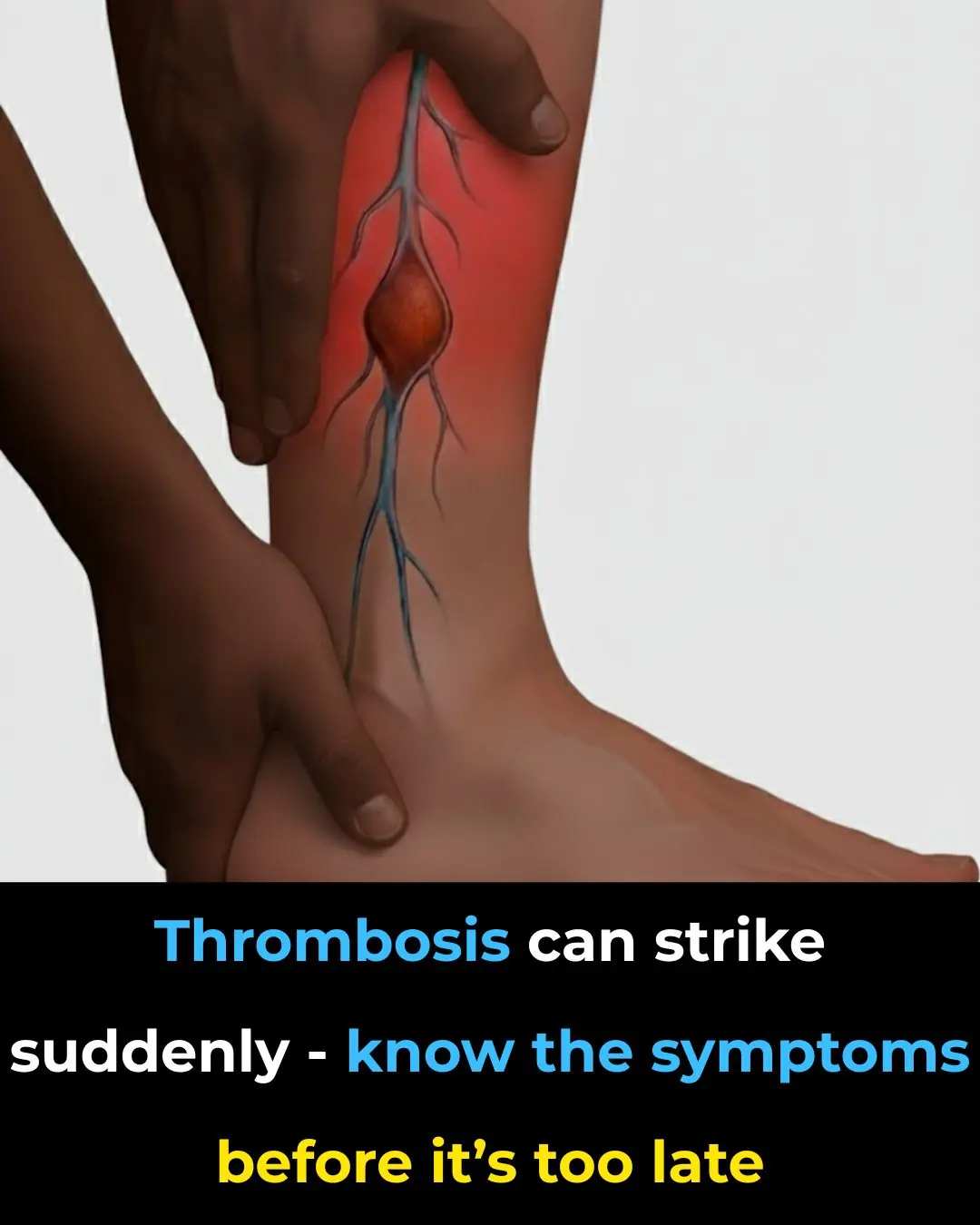
Blood Clot in Leg: Signs and Symptoms You Shouldn’t Ignore (Pictures Included)
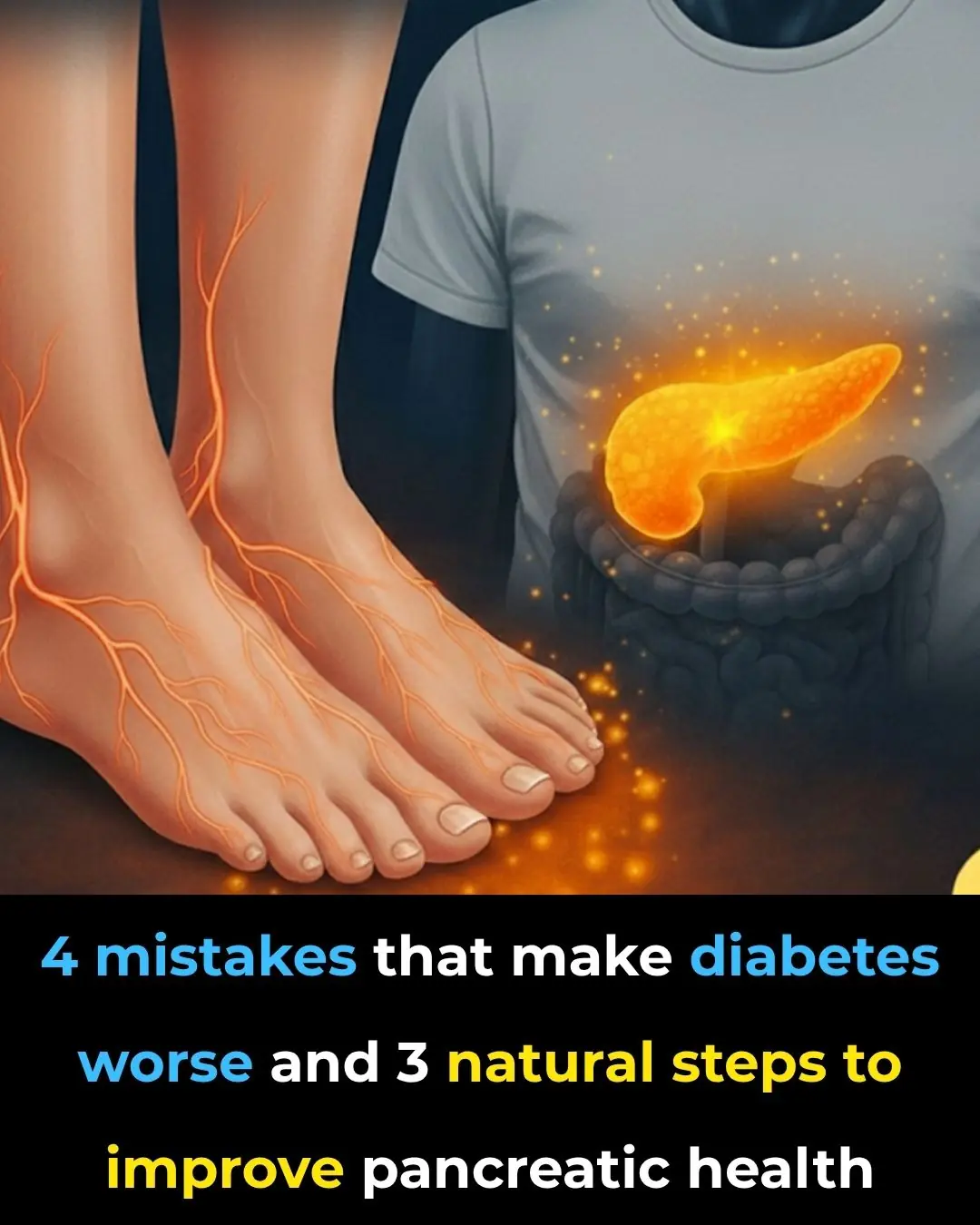
4 diabetes mistakes you MUST avoid + 3 Secrets to naturally regenerate your pancreas!
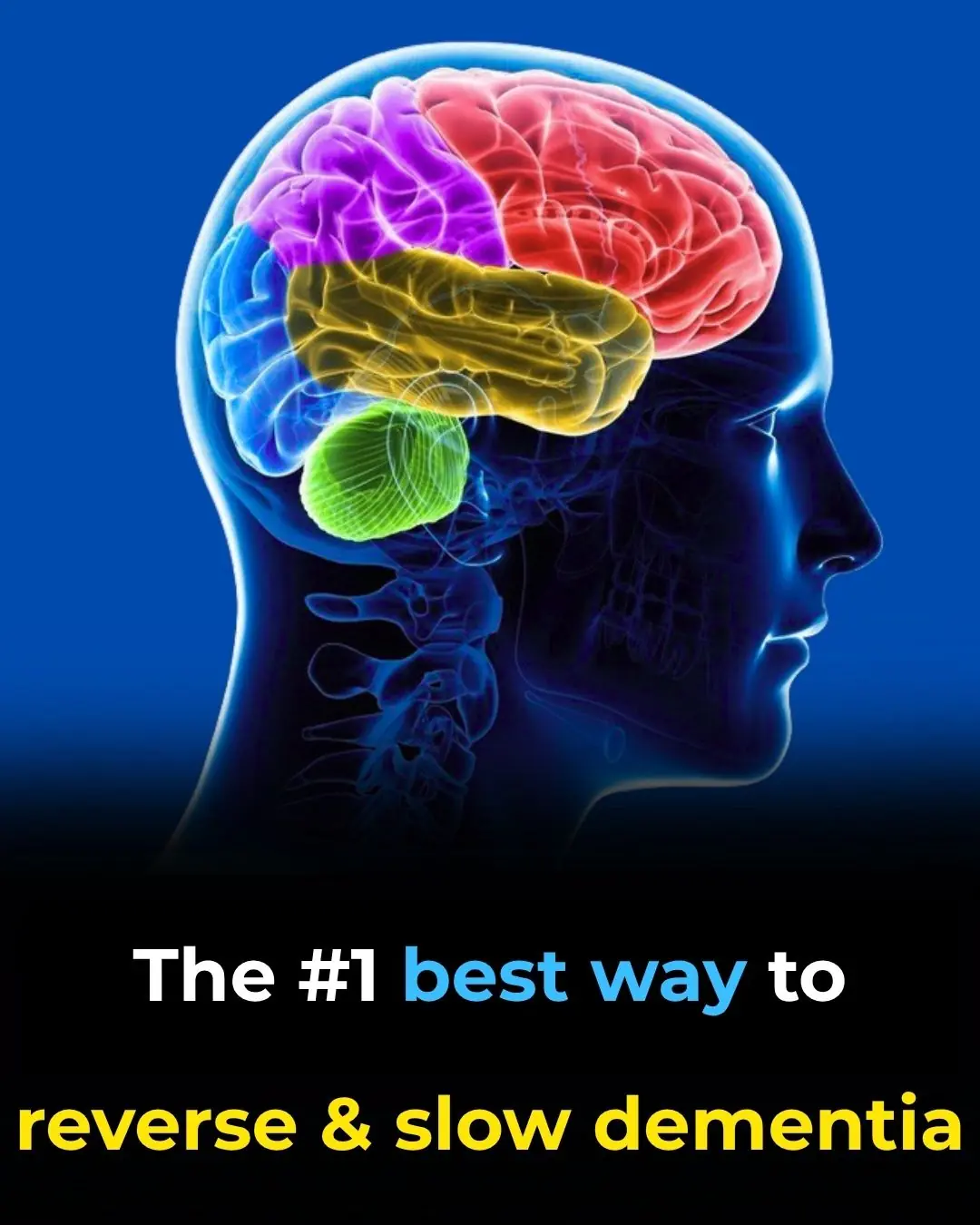
#1 best way to reverse & slow dementia
News Post
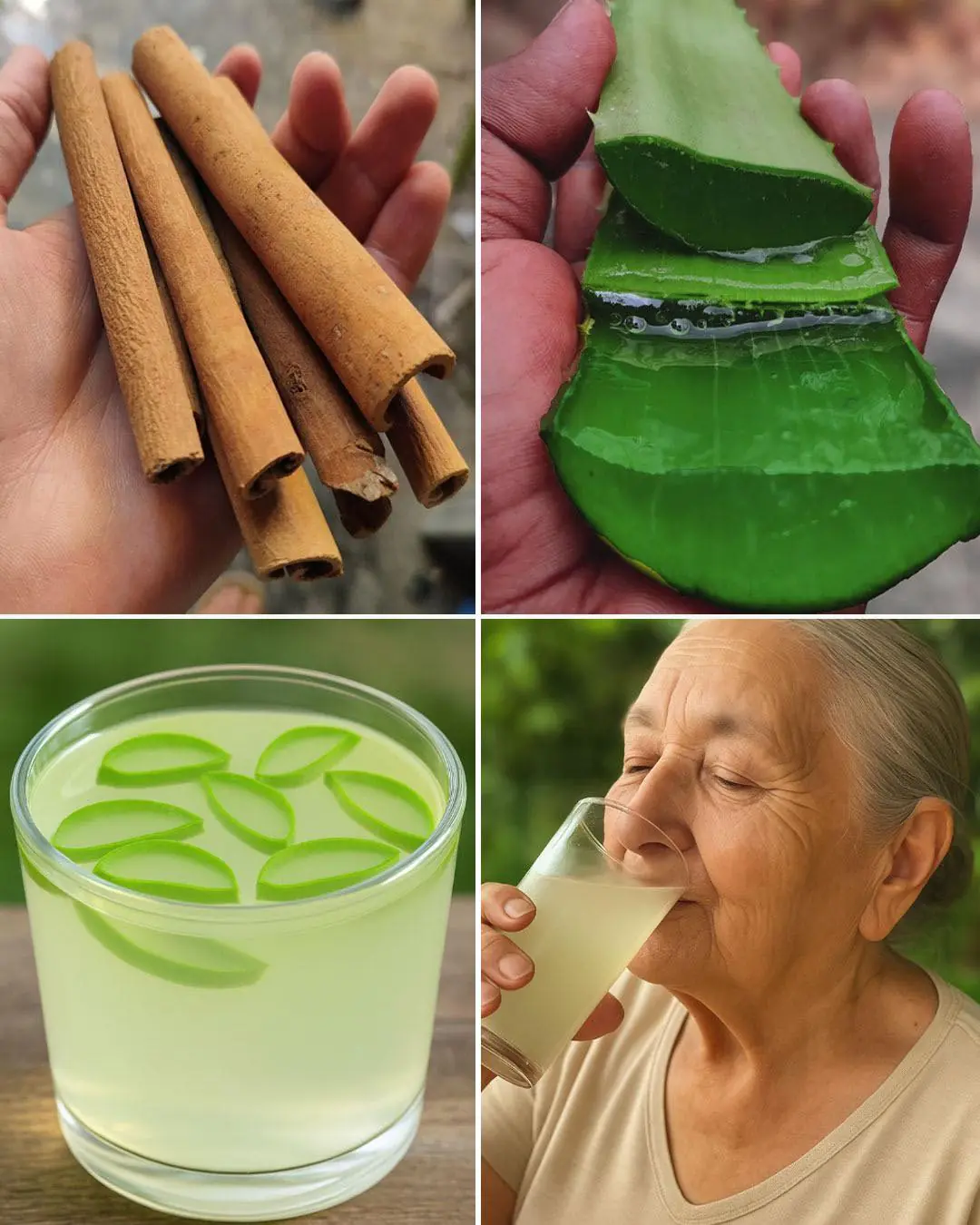
Aloe Vera and Cinnamon Remedy: Natural Benefits for Eye Health, Immunity, and Healing
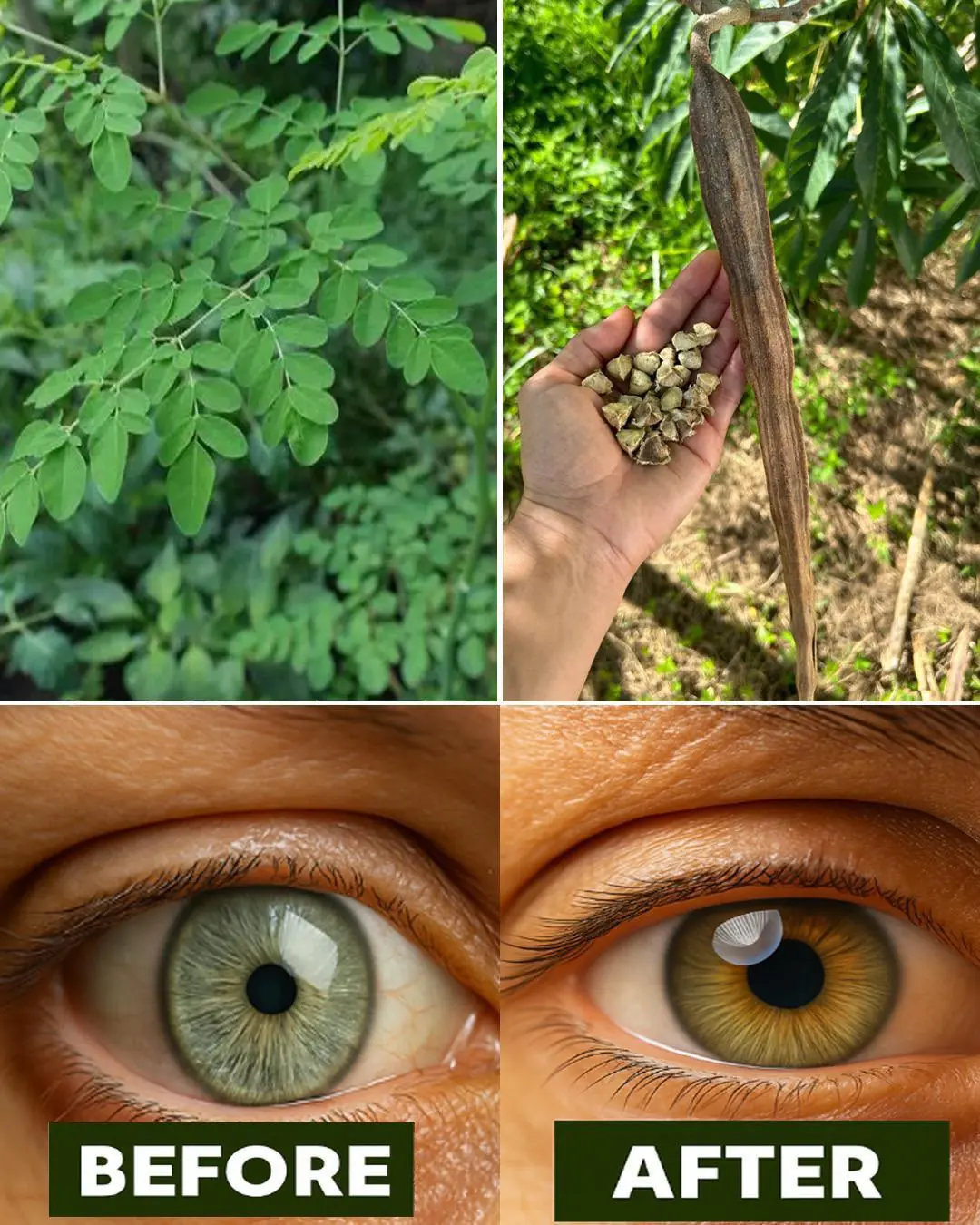
12 Powerful Benefits of Moringa Seeds

Goldenberries (Physalis peruviana): A Nutrient-Packed Powerhouse for Health and Vision
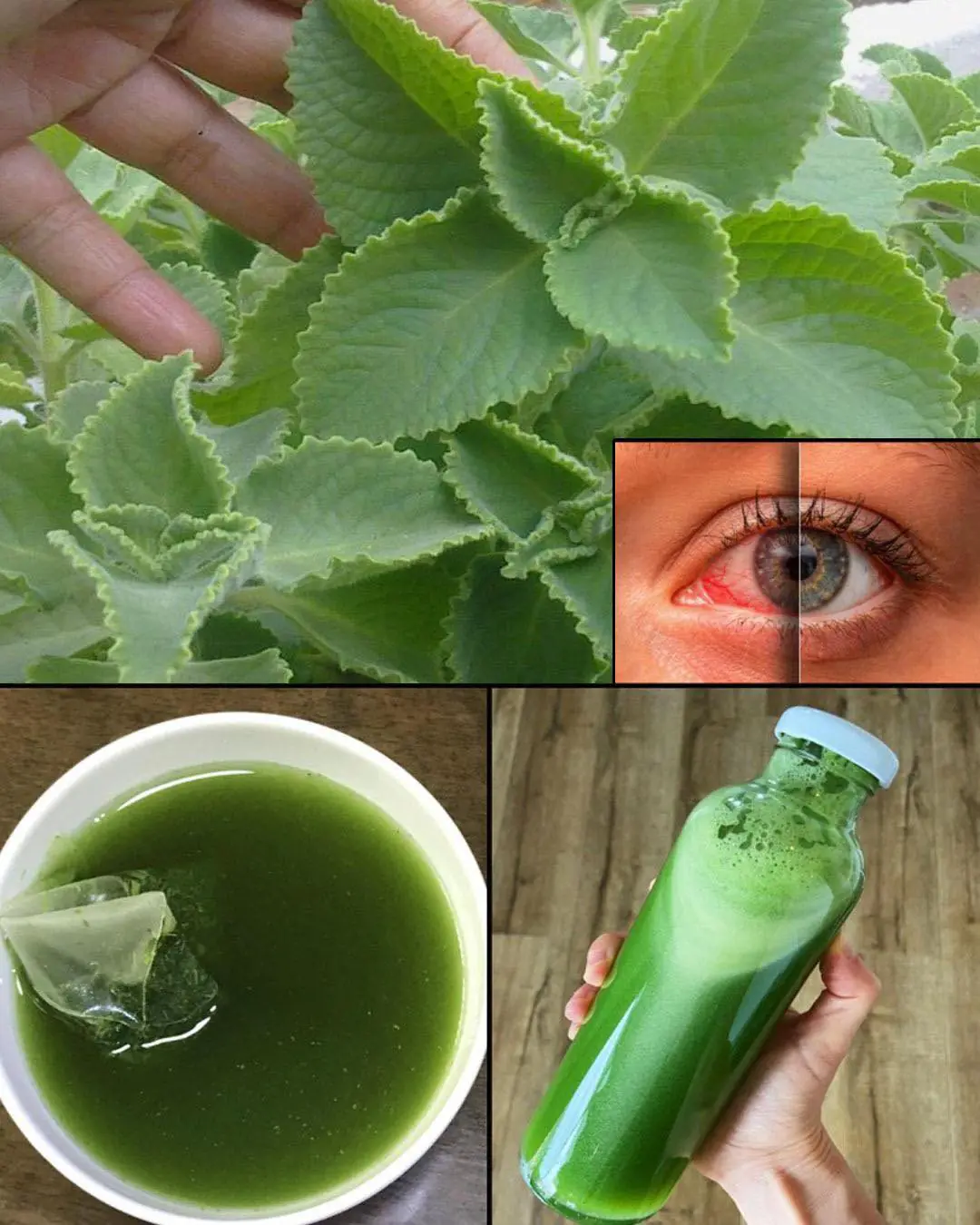
Oregano: The Golden Herb for Eye Health
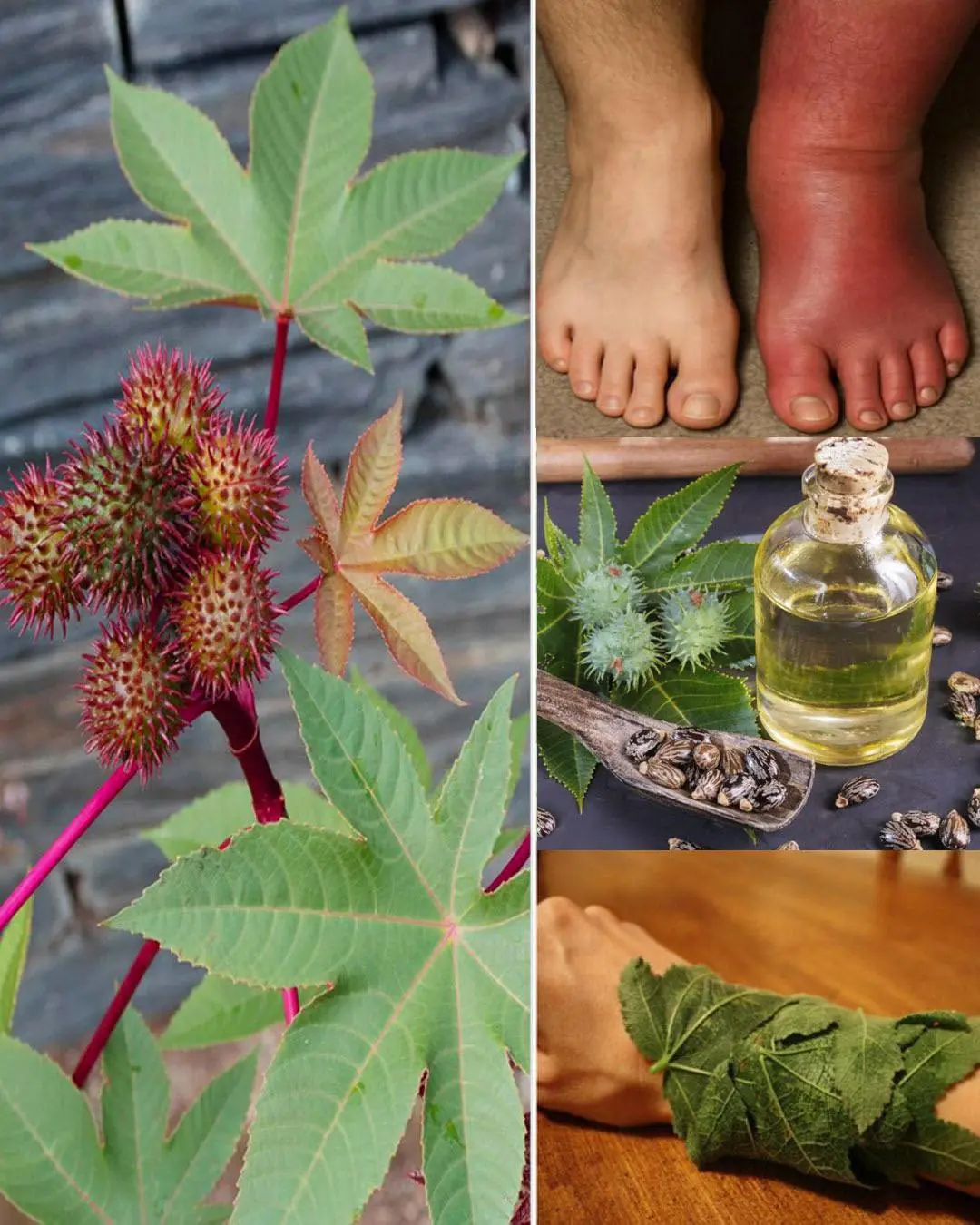
Some of the Benefits of Castor Leaves and the Seed
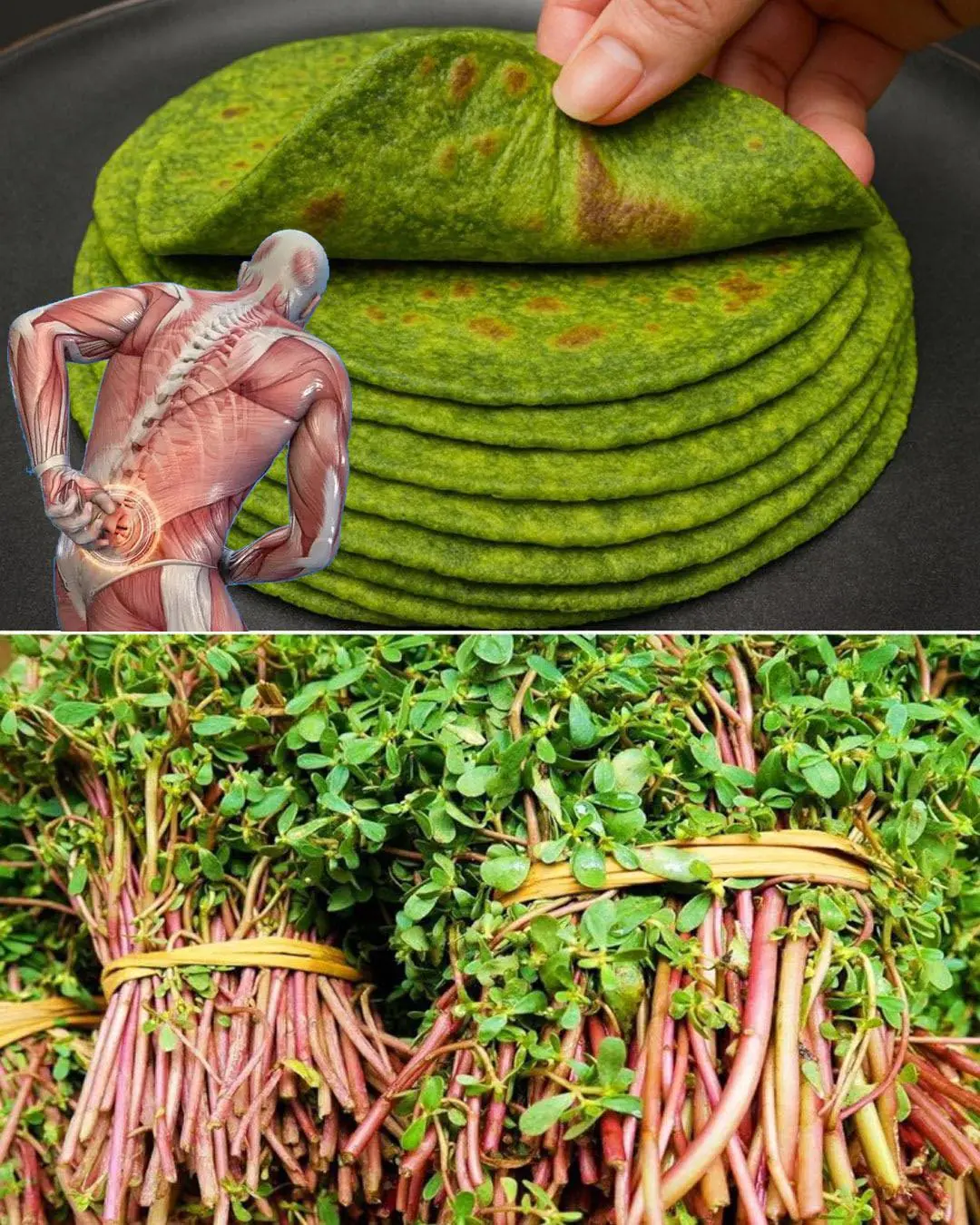
10 Benefits and uses of purslane

Chanca Piedra (Stonebreaker): Benefits and Uses
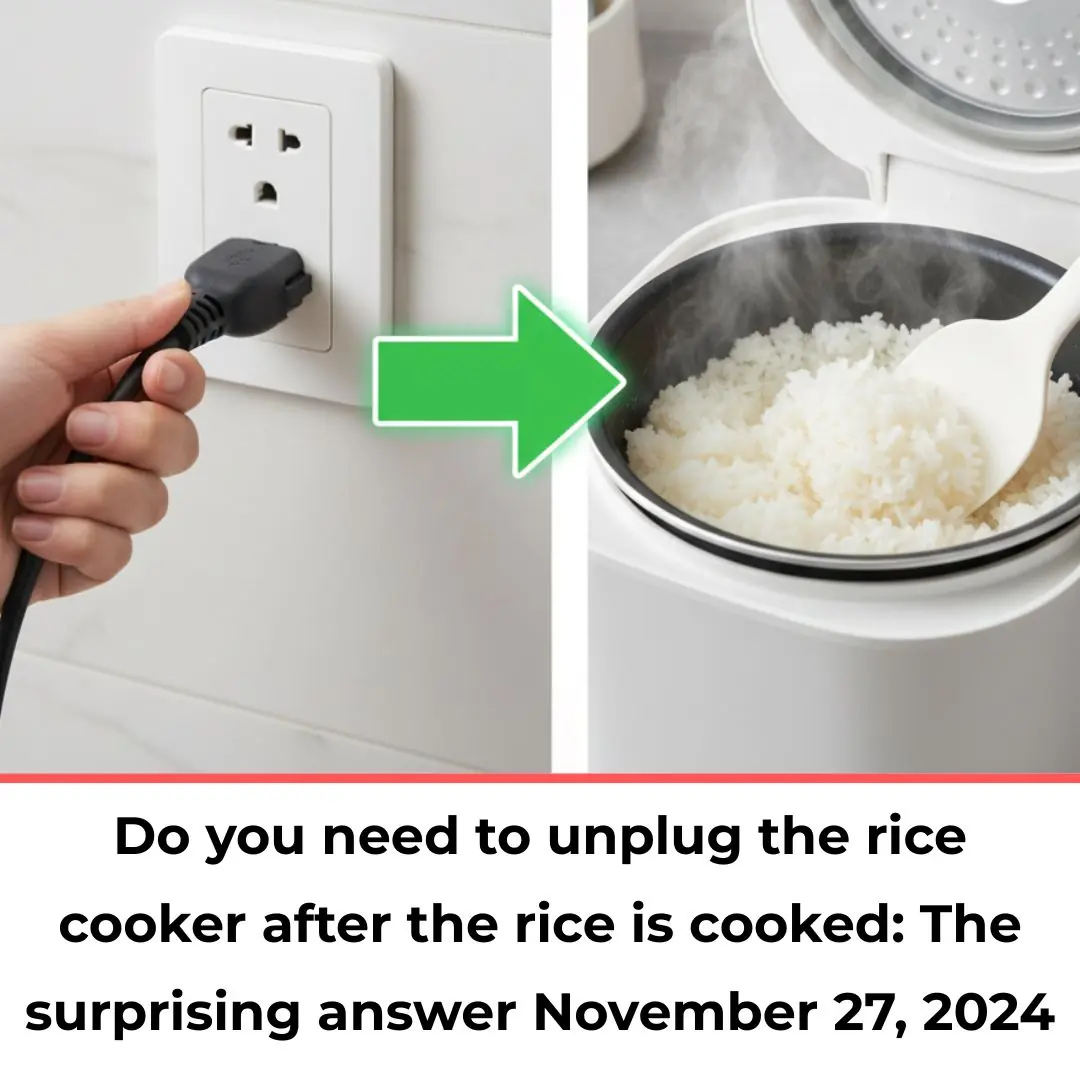
Do you need to unplug the rice cooker after the rice is cooked: The surprising answer November 27, 2024
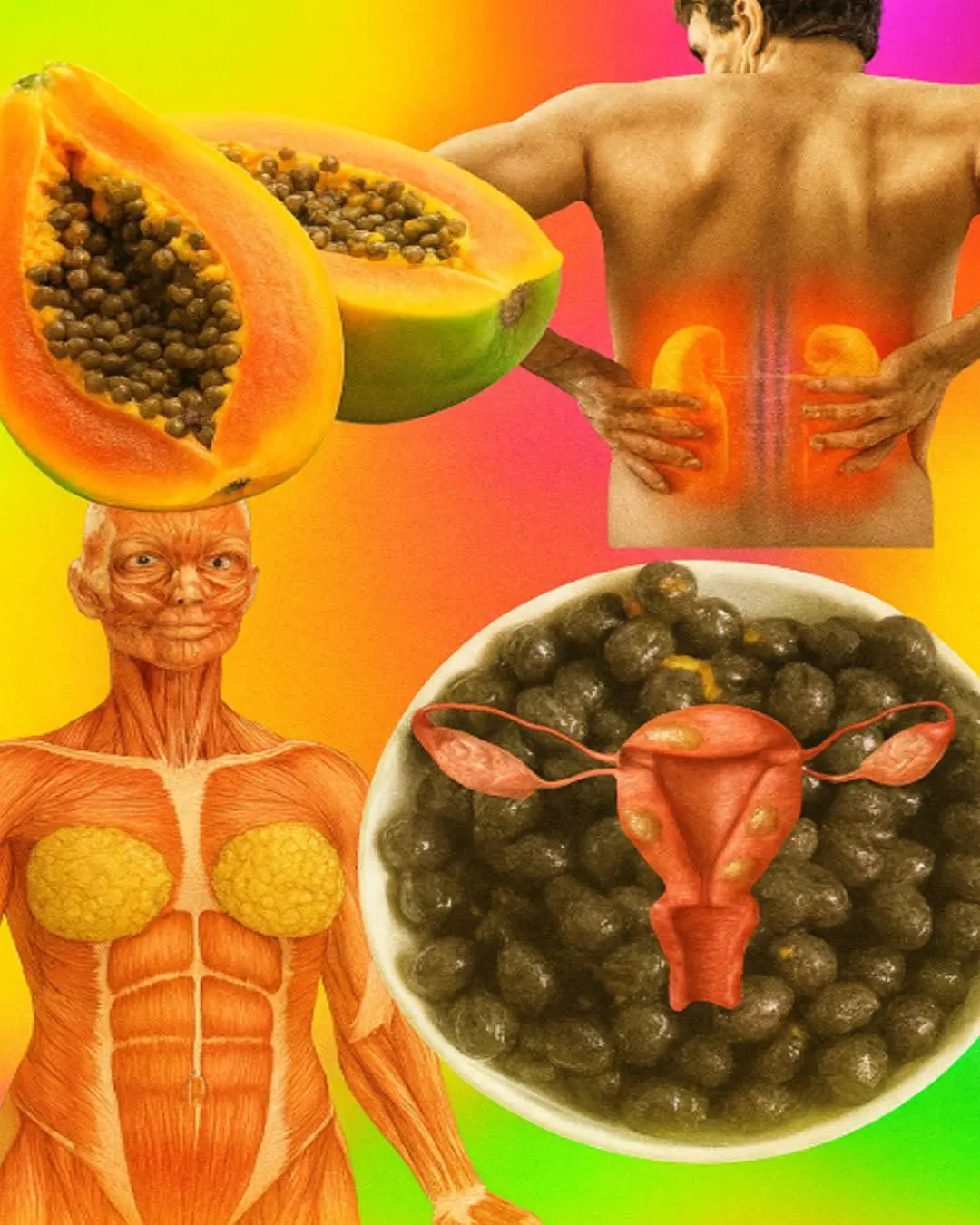
7 Benefits Of Papaya Seeds & How To Consume Them Correctly

Bougainvillea likes to 'eat' this the most, bury it at the base once and the flowers will bloom all over the branches
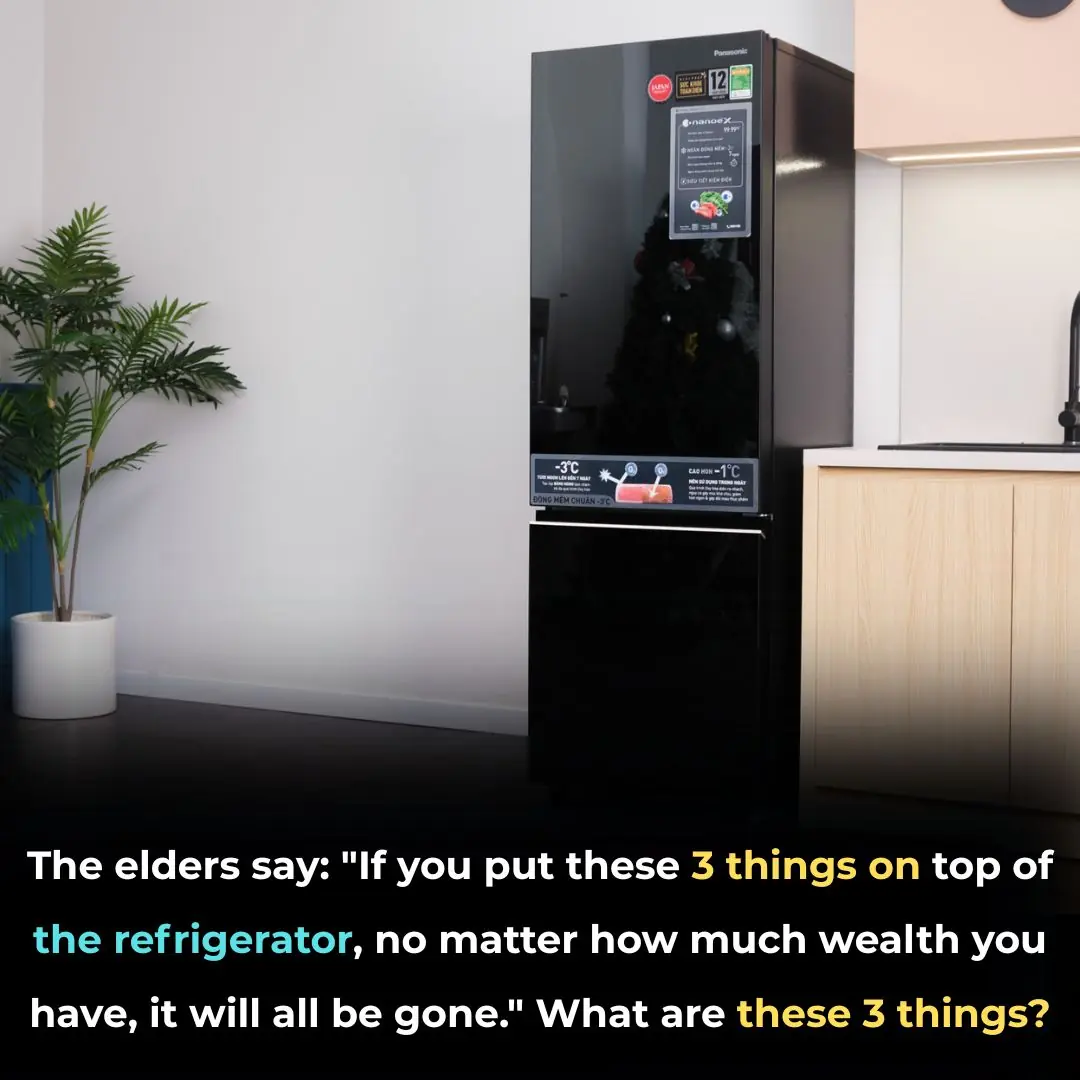
The elders say: "If you put these 3 things on top of the refrigerator, no matter how much wealth you have, it will all be gone." What are these 3 things?
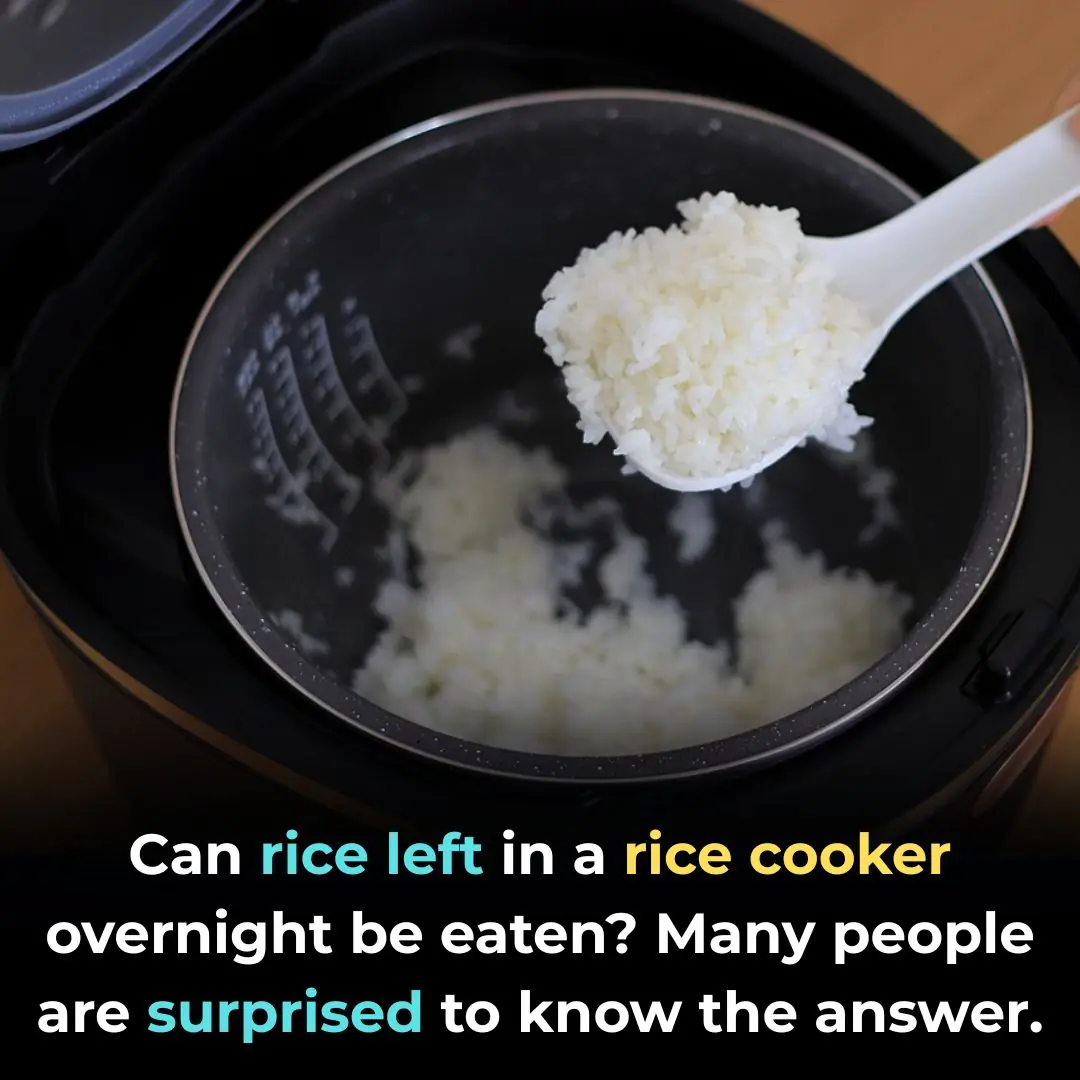
Can rice left in a rice cooker overnight be eaten? Many people are surprised to know the answer.
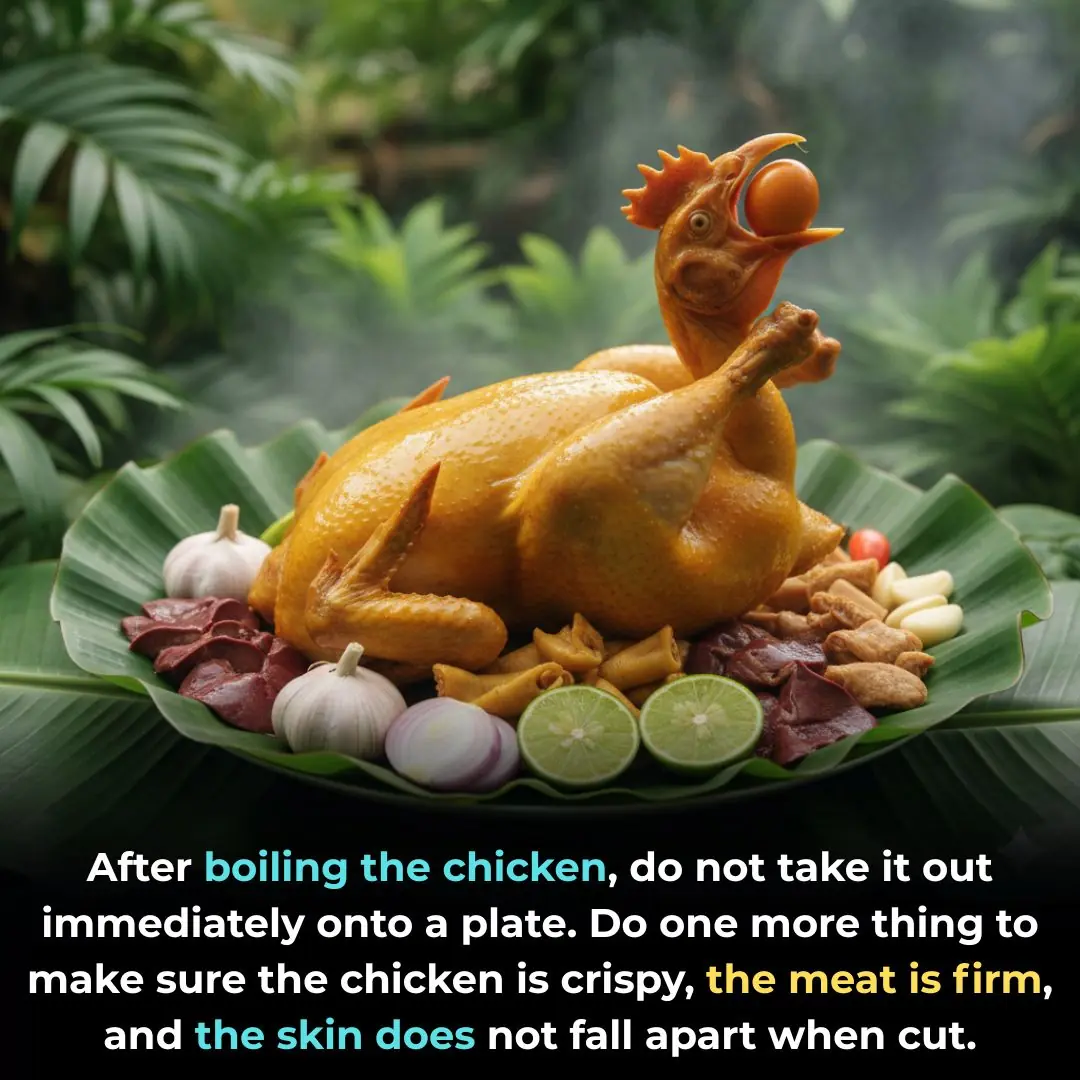
After boiling the chicken, do not take it out immediately onto a plate. Do one more thing to make sure the chicken is crispy, the meat is firm, and the skin does not fall apart when cut.

Cut this fruit into small pieces and put it in the pot to boil the duck: The bad smell is gone, the meat is fragrant, soft and flavorful.

Warts on Hands: Causes and Effective Natural Treatments

Medicinal Health Benefits of Turmeric, Curcumin and Turmeric Tea Based on Science
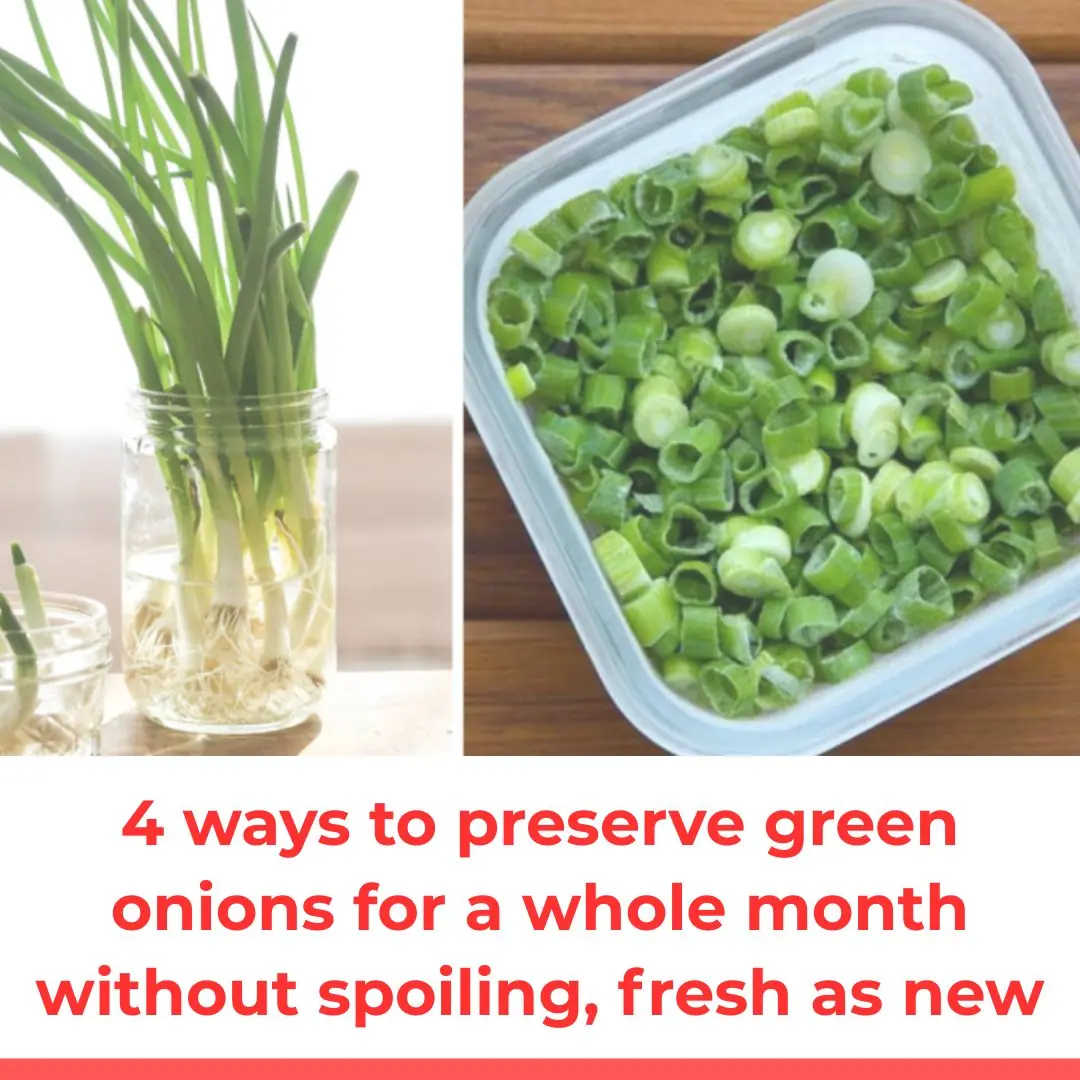
4 ways to preserve green onions for a whole month without spoiling, fresh as new

9 Habits You Need To Adopt Today To Stop Alzheimer’s or Dementia Before It Starts
